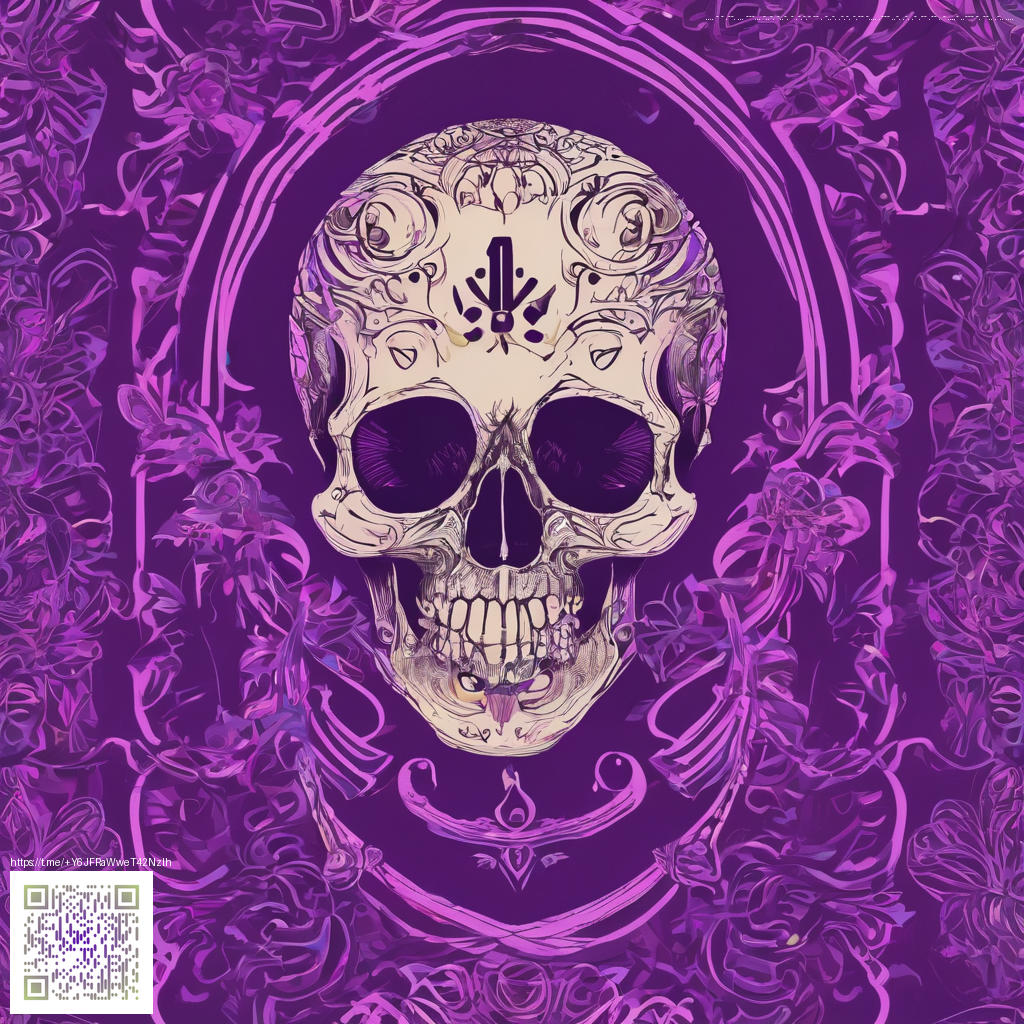The Best Video Game Villains of All Time
Villains in video games do more than threaten the hero; they shape the entire narrative arc, test the player’s skills, and illuminate the choices that define both protagonist and story. From iconic confrontations that linger in memory to subversive antagonists who bend our expectations, great villains become as essential as the heroes we root for. A well-crafted antagonist can turn a routine level into a moral puzzle, a pulse-pounding chase into a test of strategy, and a final showdown into a moment of storytelling that transcends gameplay.
Why villains matter in gaming
What makes a villain stick with you? It’s a blend of motive clarity, thematic resonance, and the way they force the player to adapt. Some villains embody a nightmare version of the hero’s ideals; others reveal the fragility of the world or the consequences of unchecked power. The best antagonists aren’t just obstacles to overcome; they’re catalysts for the player’s growth, inviting reflection on courage, strategy, and sacrifice. When developers deliver a villain who challenges not just your reflexes but your sense of right and wrong, the game earns a lasting place on your bookshelf (or your memory). If you’re exploring related ideas, you can also check the companion discussion at this companion page.
“A memorable villain is a mirror that reflects the hero’s choices, turning every encounter into a moment of self-questioning.”
Iconic villains who redefined the craft
Across genres and generations, certain antagonists stand out for how they redefine what a villain can be in a game. Here are some benchmark figures whose design, presence, and impact continue to influence how developers approach the role.
- Bowser (Super Mario series) — The enduring nemesis who evolves from a simple obstacle into a recurring, multi-dimensional threat. Bowser’s presence across titles demonstrates how a villain can be both a barrier and a catalyst for creative level design.
- Sephiroth (Final Fantasy VII) — A chilling bar against which the player’s resolve is measured. Sephiroth’s aura—drawn from music, lore, and a stark personal motive—demonstrates how a villain’s menace can be amplified by a memorable silhouette and a single, haunting reveal.
- Ganondorf (The Legend of Zelda) — A timeless embodiment of power and corruption, with a cyclical, almost mythic resonance. Ganondorf’s presence helps anchor a sprawling adventure, reminding players that the conflict is larger than any single fight.
- Vaas Montenegro (Far Cry 3) — Personality as weapon. Vaas’s quotable lines and unpredictable charisma show how a villain’s voice, attitude, and psychology can elevate an open-world game into a tense, immersive experience.
- Handsome Jack (Borderlands 2) — Charisma grounded in menace. Jack’s witty monologues and calculated ruthlessness illustrate how a compelling antagonist can feel authentic even amid over-the-top action and humor.
- Albert Wesker (Resident Evil series) — A masterclass in calculating menace and menace-with-a-smirk. Wesker demonstrates that a villain’s menace can be conveyed through cool composure, strategic planning, and an ominous sense of inevitability.
- The Joker (Batman: Arkham series) — A chaotic counterpoint to heroism whose intellect, theatrics, and moral ambiguity create a dynamic, unforgettable chess match with the player and Batman alike.
What ties these figures together isn’t just their power or their fame; it’s the way they subvert expectations and reflect the hero’s flaws. They don’t merely hinder progress—they reveal the costs of choices, the limits of power, and the moral textures of the world around the player.
Design principles behind lasting villains
Great antagonists share several core design traits. First, clear motivation that aligns with the game’s themes. When players sense a villain’s goal, even if it’s wicked, they’re drawn into a narrative conversation rather than a mere “beat the boss” sequence. Second, personal stakes—the villain must threaten what the hero values most. Third, distinct voice and silhouette—a signature look and cadence make encounters instantly recognizable. Finally, evolution across the story, whether through cunning strategies, shifting loyalties, or revealed backstory, keeps the tension fresh from game to game project to project.
For designers, those elements become a framework: give the player a reason to fear, a reason to learn, and a reason to keep playing. For players, recognizing these patterns can heighten your appreciation for storytelling craft and strategic pacing within a game’s world.
Speaking of practical gear that can complement a gaming session, for mobile fans especially, the Phone Grip Click-On Personal Phone Holder & Kickstand offers a secure grip and handy kickstand, enhancing comfort during long play sessions or while streaming a favorite villain’s reveal. It’s a small upgrade, but sometimes the best improvements are the ones that keep you in the moment without distraction.
If you’re curious about broader discussions on villain design and narrative impact, you might also explore related content on the companion page linked above. The conversation spans how antagonists shape player choice, drive level design, and influence the pacing of climactic showdowns.
